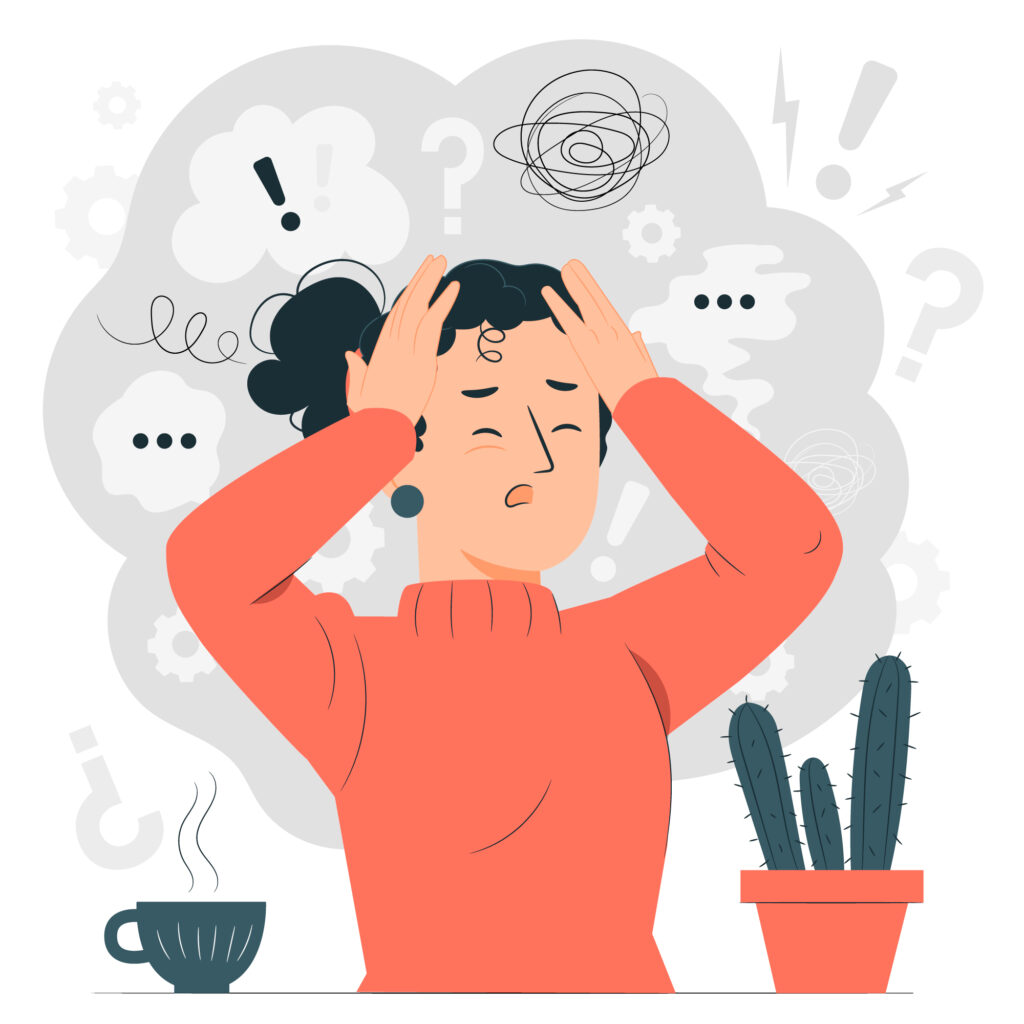Abhivritiprakash
psychotherapy & counseling clinic
Psychosomatic disorder is a psychological condition that leads to physical symptoms, often without any medical explanation. It can affect almost any part of the body. People with the disorder tend to seek frequent medical attention, becoming frustrated with no diagnosis. Behavioral therapy and stress reduction may help.
Psychosomatic disorder is a psychological condition involving the occurrence of physical symptoms, usually lacking a medical explanation. People with this condition may have excessive thoughts, feelings or concerns about the symptoms — which affects their ability to function well.
People with psychosomatic disorder usually don’t report overt symptoms of psychiatric distress. Instead, they believe their problems are caused by medical conditions. They tend to visit healthcare providers frequently to get tests and treatments, often not receiving a diagnosis, which may lead to frustration and distress.
Psychosomatic disorder is sometimes called somatic symptom disorder, somatic symptoms or somatic pain.

Psychosomatic disorder can affect almost any part of the body. Common examples include: